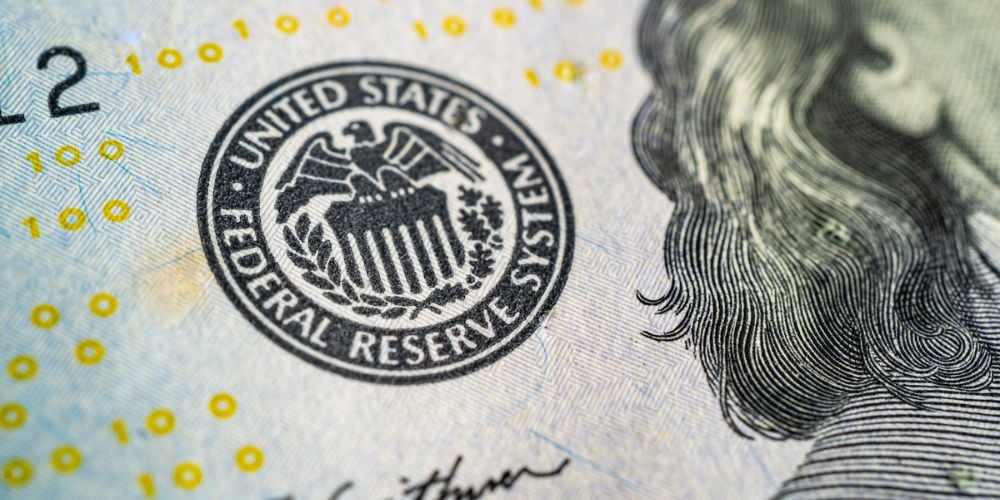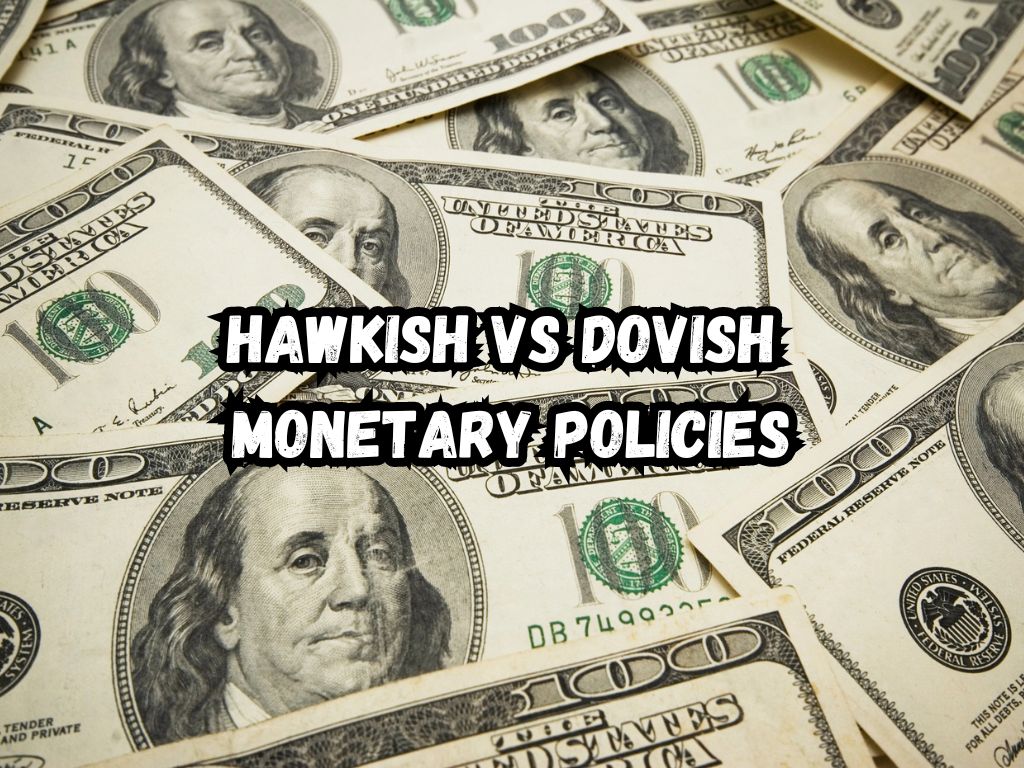Monetary policy plays a pivotal role in steering a country’s economic health. It is the tool through which central banks can influence economic growth, manage inflation, and stabilize the currency.
Two terms often heard in the realms of financial markets and economic strategies are “hawkish” and “dovish.”
These policies reflect the stance central banks take to either cool down an overheating economy or stimulate growth in a sluggish one.
This article aims to unpack the complexities of hawkish vs dovish monetary policies, providing insights into their impact on the economy.
Understanding Monetary Policies
Monetary policy is central banks’ strategy to manage the economy’s liquidity to achieve sustainable growth. It encompasses actions such as altering interest rates, regulating money supply, and setting reserve requirements for banks.
Central banks, such as the Federal Reserve in the United States or the European Central Bank in the Eurozone, are the main architects of monetary policy.
Their decisions ripple through the economy, affecting everything from inflation rates to employment levels.

Hawkish Monetary Policies
Hawkish monetary policies lean towards tightening the economy’s reins. Central banks adopt a hawkish stance when inflation rates exceed targets or when economic growth needs cooling down.
The key characteristic of hawkish policies is the raising of interest rates. This action makes borrowing costlier, slowing down spending and investment. As a result, inflationary pressures decrease, and the economy cools off. However, excessive hawkishness can hinder economic growth and increase unemployment rates.
The value of the national currency may rise, affecting the competitiveness of exports.
Dovish Monetary Policies
In contrast, dovish monetary policies aim to stimulate economic activity. A central bank takes a dovish approach during times of economic downturn or when inflation is below target levels.
Lowering interest rates is a common method employed under dovish policies. This makes borrowing cheaper, encouraging businesses and consumers to spend and invest more.
Dovish policies can boost economic growth and reduce unemployment rates. However, if overly used, they can lead to high inflation and decrease the national currency’s value.
Hawkish vs Dovish: Comparative Analysis
Hawkish and dovish monetary policies have different impacts on various economic aspects.
While hawkish policies are designed to prevent the economy from overheating, dovish policies seek to inject energy into a slowing economy. The former might lead to higher saving rates due to attractive interest rates, but it can also slow down investment and consumer spending.
On the other hand, dovish policies can stimulate investment and spending but may deter savings due to lower interest rates.
Factors Influencing the Shift from Hawkish to Dovish Policies
Central banks monitor a range of economic indicators to decide on their policy stance.
Inflation targets, unemployment rates, and GDP growth figures are pivotal in these decisions. A rise in inflation might prompt a shift towards hawkish policies, while a spike in unemployment rates could see a shift towards dovish policies.
External factors, such as geopolitical tensions or global economic downturns, also play a crucial role.
Real-World Examples
Examining real-world examples can provide insights into the practical applications of hawkish and dovish policies.
For instance, the Federal Reserve’s decision to raise interest rates in late 2015 signalled a shift to a more hawkish policy to curb rising inflation.
Conversely, the European Central Bank’s decision to cut rates in 2014 showcased a dovish strategy aimed at stimulating European economies post-recession.

Pro Tips for Investors and Businesses
Both investors and businesses need to adapt quickly to changes in monetary policy. For investors, a hawkish turn might suggest a move towards fixed-income securities, given the higher interest rates.
Equities often fare better in a dovish environment, as lower interest rates encourage growth and investments.
Businesses, particularly those reliant on borrowing, should monitor these policy shifts closely to manage their financing costs effectively.
Frequently Asked Questions
What triggers a central bank to switch from a hawkish to a dovish policy?
A central bank may switch from a hawkish to a dovish policy in response to decreased inflation rates, increased unemployment, or global economic downturns that demand a stimulated domestic economy.
How do hawkish and dovish policies affect the average consumer?
Hawkish policies can make loans and credit more expensive, slowing down spending. Dovish policies, with lower interest rates, can make borrowing cheaper, encouraging spending and investment but might erode savings.
Can a central bank be both hawkish and dovish at the same time?
While a central bank can’t adopt hawkish and dovish stances simultaneously, it can apply a balanced approach, adjusting policies as per economic indicators’ feedback.
How do global events influence a country’s monetary policy stance?
Global events like financial crises, significant geopolitical tensions, or pandemics can affect a country’s economic outlook, prompting central banks to adjust their monetary policy stance to either cushion the economy or prevent overheating.
What are some indicators that investors should watch to anticipate shifts in monetary policy?
Investors should keep an eye on inflation rates, unemployment figures, GDP growth rates, and central bank statements for clues on possible shifts in monetary policy.
Conclusion
Understanding the nuances between hawkish and dovish monetary policies is crucial for anyone engaged in the economic landscape.
While both policy stances aim to achieve economic stability and growth, they take different roads to get there.
By adjusting interest rates, controlling the money supply, and influencing bank lending, central banks attempt to balance inflation, employment, and economic growth.
Being aware of these policies helps businesses, investors, and consumers navigate the ever-changing economic waters more efficiently.


 Tags:
Tags:










